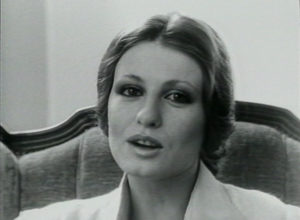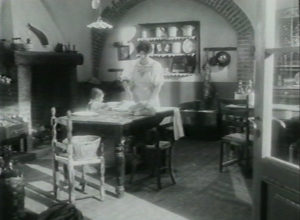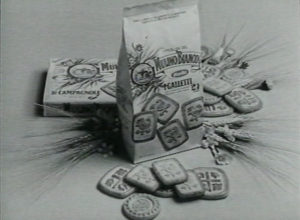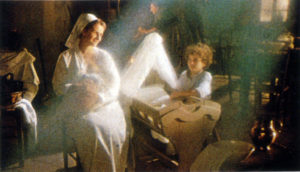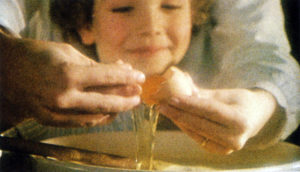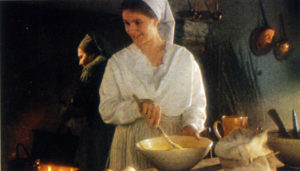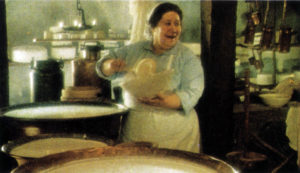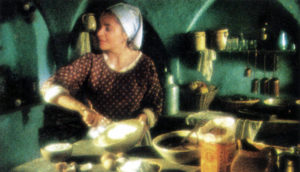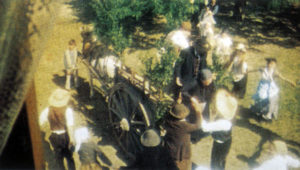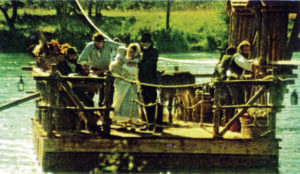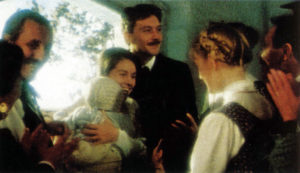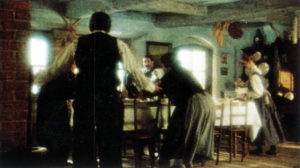When the Mill became White
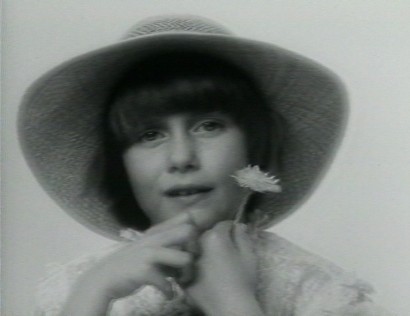
by Emmanuel Grossi
The television debut of Mulino Bianco was not one of the most exciting: once Ella Fitzgerald’s prestigious collaboration did not come true by a hair’s breadth, it became necessary to settle for a series of modest Carosello commercials in which a mother narrates to her daughter her origins as a country girl, and sees herself again as a child reciting traditional folk rhymes. But the new line of cookies, which was tailored to the smallest details (shapes, names, packaging…) and that had immediate success deserved a better film treatment to fully embrace the beautiful payoff “Mangia sano, torna alla natura”* and to make it come to life.
It was the mid 1970s and the theme of “going back to nature” was of current relevance, and was interpreted and declined in advertising in various ways (most of all, as is easy to perceive, for food products): there were those who idealized it by dreaming of a new Eden, those who pointed at The Age of Aquarius with its hippie and youth culture implications, those who linked the theme to ecological issues, those who idealized the health and well being binomial, and those who – like Mulino Bianco – began anew from the origins, from that rural society that was so far from frenetic contemporary living but was the emblem of genuine foods and of a universal and timeless system of values.
In those years, through totally different avenues, Ermanno Olmi, who was getting ready to film the famous L’albero degli zoccoli*, came to similar considerations. The shooting of the film and the first short commercials of the series Quando i mulini erano bianchi* took place almost at the same time: there is who recalls that the film director received a proposal to shoot the commercials, perhaps taking advantage of his long standing relation with producer Mario Fattori (with whom he had made memorable Carosello Christmas commercials for Asti Cinzano). Fattori had returned to collaborate with Barilla after the late Fifties series with Giorgio Albertazzi and Dario Fo. But the hoped for collaboration with Olmi did not come true and the filming was entrusted at first to Giuseppe Fina (in one of his rare advertising periods), and then to Edo Cacciari. After he made hundreds of commercials for General Film by Fattori, in the 1980s he launched himself into the free market (to retire to private life at the end of the decade). Yet, a tie with L’albero degli zoccoli* remained: a large part of the settings of the series that lasted from 1977 to 1985 1 with ever new themes but an almost unvaried structure were by Enrico Tovaglieri, the same set designer of the movie, who in his long and fortunate career always alternated cinema, television and advertising – (unstoppable!). One example for all: the Barilla Carosello commercials of 1970 with Mina filmed by Valerio Zurlini .
1 Campaigns 1977-1985 (look down)
1977 (1–2–3–4)
1978 (1–2–3–4–5)
1979 (1–5–6–8)
1980 (1–5–6–8–10–11–12)
1981 (3–4–5–6–7)
1982 (2–3–4–5–6–8–9)
1983 (1–2–3)
1984 (3–4–9)
1985 (3–8–14)
*Mangia sano, torna alla natura = Eat healthy, go back to nature
*L’albero degli zoccoli = The clog tree
* Quando i mulini erano bianchi = When mills were white
